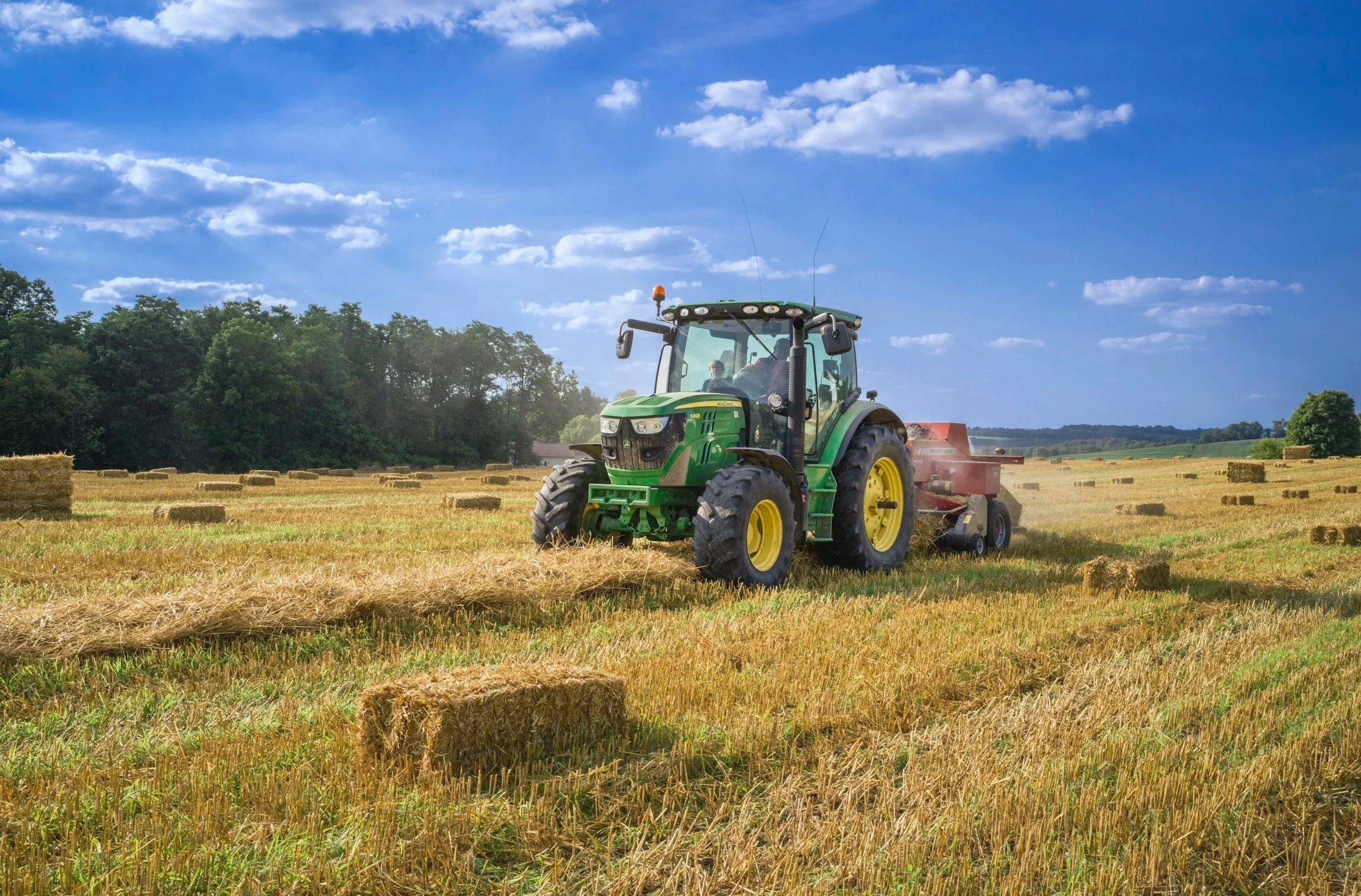Farm machinery is an essential part of every day agricultural activity. It requires significant investment, is usually of high value and is vital to maintaining the productivity of a busy farm. Combine harvesters, tractors and seed drills ensure profitability and efficiency. This is in an industry which is dependent on the weather and many socio-economic factors to remain viable.
There is a threat to farm machinery and a farmers livelihood which is not mechanical failure or damage from the weather. This is damage by rodents. Rats and mice are built for gnawing through wires and love to nest inside warm engine bays. They contaminate the machines and their surroundings with droppings and urine. Effective rodent protection for farm machinery is not just about protecting equipment. It is also about safeguarding your bottom line.
In this article, we will discuss the reasons that rodents target farm machinery, the consequences and what you can do to stop it in its tracks. We will cover the RatMat, a low maintenance solution that works all year round. As it can be driven over, it protects vehicles on a daily basis, rather than just whilst they are stored.
Why Rodents Target Farm Machinery
Rats and mice are opportunistic. They will seek out warmth, shelter and food. These three factors are usually available in and around farm machines. When the weather gets colder at the end of autumn, the warmth of an engine bay provides them protection and safety. Hay bales, animal feed and seed stores provide abundant food sources. Machinery storage units are also great nesting spots.
When vehicles are stored for the winter they are at particularly high risk for damage. A cheap and effective method of preventing rodent damage is to surround the vehicle with thick, rigid sheets of plastic or fencing. This is useful when a vehicle is stored over the winter. Make sure that there are no footholds for them to climb over it. Although they may be able to chew through this, they are likely to go somewhere else than put the effort in.
The problem arises because rodents have to constantly gnaw on hard materials to wear down their teeth. They grow continuously through their lives and if they don't keep them short, they can grow so long that they are unable to eat and will starve to death. This makes hoses, wires, insulation and rubber seals prime targets for their activities. A single chewed wire can bring a whole combine harvester to a halt at harvest time. This can result in thousands of pounds of lost revenue due to repairs and poor productivity.
The True Cost of Rodent Damage
It is common for farmers to underestimate the financial costs of rodent infestations. As well as the immediate cost of repairs, equipment downtime can result in a delay to critical activities. During peak season such as planting and harvesting, even a days lost activity can have a knock on effect across yields and contracts. Rodents can also bring health risks with them. Droppings and urine will contaminate stored grain and feed. This results in disease diseases such as leptospirosis, salmonella and hantavirus. In a farm which is running multiple operations, this threat can quickly compound. This underlines the importance of investing in reliable rodent protection for farm machinery. This can be as part of a broad farm management strategy.
Proven Solutions For Rodent Control
1. Good hygiene and storage practices. Prevention of rodent infestation begins with cleanliness. Rats and mice love cluttered, food rich areas so it is important to regularly clean your barns, workshops and machinery sheds. Store feed in metal bins rather than sacks or plastic containers. Make sure you sweep up any spillages straight away. Keep weeds and long grass trimmed around storage areas to reduce the number of habitats the rodents have access to.
2. Physical barriers. Wherever possible, seal up entry points into machinery storage sheds. Amazingly, rodents can squeeze through holes small as a small coin. This means all gaps around doors vents and walls need to be closed with hard materials such as steel mesh, steel wire, cement and concrete. Rubber door seals can help with draughts but can be chewed through. Use strips of metal wherever possible.
3. Natural predators. Cats and dogs can be useful to repel rodents. Whilst they won't eliminate infestations entirely, they are a great deterrent and can help to reduce numbers. Encouraging owls and other birds of prey through fitting nesting boxes can also help.
4. Rodenticides and traps. Chemicals and snap traps are commonly used on farms but they don't solve the problem. Even if you kill all the rodents in one area, more will move in from the neighbouring zones and repopulate it very quickly. They will spot the unused food and shelter available and take advantage. Chemicals can enter the food chain and are bad for predators and the environment. Traps need to be inspected regularly and dead rodents disposed of responsibly.
5. Electronic solutions - RatMat. This is a highly innovative modern solution. It is a high-tech, non-toxic deterrent system which works like an electric fence on the floor. It consists of hard, interlocking tiles that can be laid on the floor of machinery sheds. As it can be driven over it can be used continuously, rather than just when the vehicle is in storage.
When a rodent sets foot on the tiles they will receive a memorable electric shock. This trains them to avoid the area, protecting your vehicles and equipment. Unlike poisons, the RatMat offers no risks to pets, livestock or the environment. It is also long lasting and low maintenance. This makes it cost-effective in the long term, an important factor when it comes to farmers who are serious about their bottom line.
Combining Methods For Maximum Protection
No single solution will work effectively on its own. The best strategies utilise multiple methods in parallel. As an example, a farm will maintain strict hygiene standards and have some traps in place for monitoring activity. They will also encourage natural predators and install RatMat around the most valuable machinery. In combination these approaches will form a robust defence against rodent ingress. Regular inspection is important. Checking wiring, insulation and engines is a great idea. This can lead to early detection of rodent activity before it can escalate to serious damage.
Preventive maintenance and active deterrence ensures machinery will be ready when it is needed. Long-term benefits of protection By implementing effective protection for farm machinery you will generate clear short-term advantages. Fewer breakdowns, a reduction in repair bills and uninterrupted work in the fields are just a few of these. The longer-term benefits are also valuable. You will have greater peace of mind knowing that your investment is safe.
Insurance claims and replacement of vehicle parts is reduced and you will maximise your productivity. Embracing modern solutions such as RatMat shows a forward thinking approach to farm management. This can reap dividends in the long run. Farmers can protect their machinery whilst reducing reliance on toxic chemicals. They can also contribute to safer, more sustainable agricultural practices.
Final Thoughts
At a glance, rodents may seem like they cause a minor nuisance compared to the larger challenges farmers face. Unfortunately their impact on machinery can be highly destructive. Better hygiene, sealing entry points and encouraging predators are the foundations of protection. Innovative technology such as RatMat now offers a game changing way to secure equipment without poisons or traps.
By layering your defence strategy, you will safeguard your machinery. Protect your livelihood and make sure that when it comes to it, your equipment is ready to go. Investment in rodent protection for farm machinery today leads to smoother production tomorrow.

